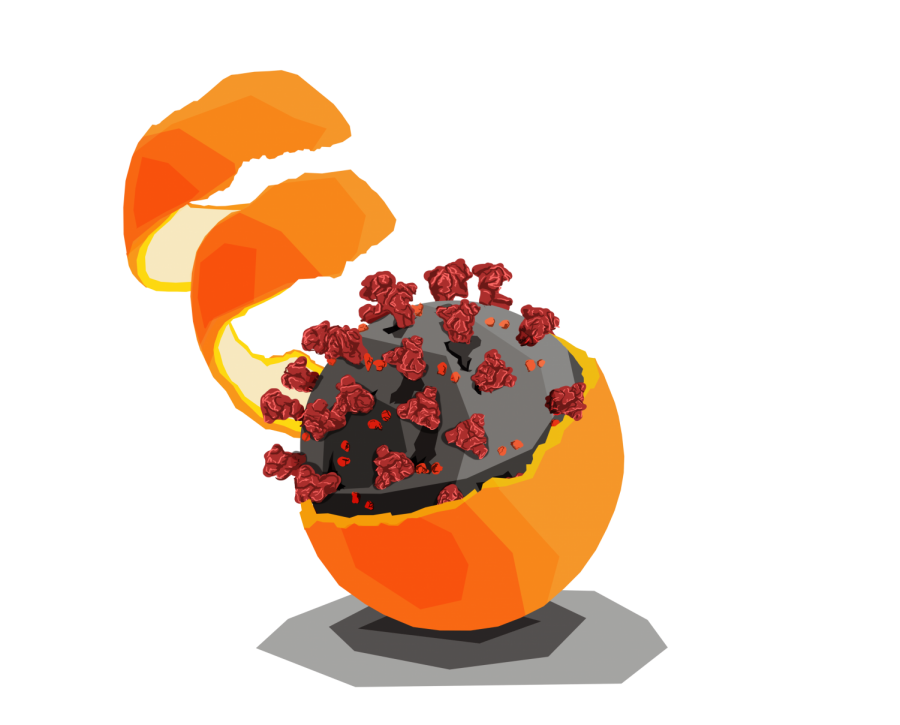Health Literacy as a Social Determinant of Health in the Age of COVID-19
June 23, 2020
We need public health education in the classrooms of public schools. This is to make public policy measures inclusive so even the most disadvantaged can know how to stay safe, especially in the time of a pandemic. Today there is general confusion stemming from the rapid and haphazard adoption of new vocabulary by the public. These quite viral terms include “pandemic” as contrasted with “epidemic,” “quarantine” and “isolation.” Could you ask on Reddit what “isolating” is during the coronavirus pandemic and get a straight answer? Better yet, could you ask a health practitioner what comorbidities are and understand their explanation? For most Americans, these words belong to the jargon of the educated elite. And the problem here isn’t just that “comorbidity” is so hard to pronounce. It’s that these words — so important to the health authorities we trust — are completely unknown or misunderstood by most of the U.S. population. This has fatal consequences for the most underprivileged and health illiterate segments of our society.
Becoming a doctor is no easy task. It takes over half a decade of training before a person can be entrusted with other peoples’ lives in a clinical setting. But this training doesn’t just separate the knowledge and skills of the educated from the uneducated. It also separates the language they speak into dialects.
Language can be separated like this because it is socially constructed. We do not find language out in nature, but instead create it by ourselves. Who do we create it for? Do health providers speak a universally-understood language or one that only they themselves know?
For example, “comorbidity” is a common word in the U.S. medical community. It means, “a second disease that a person has on top of an already-existing one.” It is made up of the Latin roots “co-” and “morbid,” meaning “with” and “disease.” Another example is “R naught,” which describes how contagious a disease is.
These words were obviously designed by epidemiologists and other elite medical theoreticians. What is also clear is that these words are meant for them, the medical scientists, and not us, the American people. You probably did not know the above words unless you are a healthcare worker or learned about public health in college.
You may think that this is acceptable. One might argue that those who know the language are the authorities in health and we should just listen to what they say. The problem with this is clear: you cannot follow the CDC’s advice if you cannot understand their dialect. It is impossible to follow their directions when you cannot even understand what they are saying.
This knowledge inequity is not only unfair for non-healthcare workers and non-epidemiologists, but it is especially unfair for the poorest and most vulnerable people. The language of public health is not taught in public school, but undergraduates may learn its vocabulary in college. What happens to those whose family cannot pay for college and so never are able to learn about comorbidities?
These people are at greater risk of contracting diseases such as COVID-19. According to Huang et. al in the International Journal of Infectious Diseases, 15 percent of COVID-19 patients have the comorbidity of cardiovascular diseases. The virus attacks the lungs, so heart diseases can likely exacerbate the illness. But all this is hidden from the person who is unaware of their intersecting health problems.
The opposite is true as well. Those with higher health literacy, or “the degree to which individuals have the capacity to obtain, process, and understand basic health information,” according to the CDC, are able to understand public health announcements fully and better avoid the virus. Even when the health-literate get sick, they are able to get help more easily because they have learned how to act by understanding the vocabulary.
That is not to say that lower health literacy directly causes these people to contract COVID-19. Instead, lack of knowledge of public health vocabulary reflects socioeconomic conditions already present. Still, exploring health literacy here points us in the right direction, toward the eradication of poverty itself.
The illiterate die unnecessarily. What can be done to combat this ignorance of life-saving information? We cannot think to broadcast more announcements on television, since that will still not help the core issue here — inability to speak the language. We need to think upstream to see that lack of language acquisition is the root cause of the illiterate dying, not merely lack of information. This is because only when one can understand the language can one easily pick up the words said as well.
In fact, acquisition of the medical scientists’ dialect creates understanding that no raw health information can. With new vocabulary in hand, people can navigate the endless media about the virus with purpose. They can automatically and instantly connect keywords together to form knowledge, and contrast them to dissolve biases. They are truly informed.
Nothing should be said to elaborate on the importance of this issue. Should it be solved, people will live and pass on the solution to their children. The solution is this: a robust program of public health education in U.S. public schools. All children should need to learn from an early age the basics in public health. This will guarantee higher health literacy and from there higher standards of living, now and after this pandemic.













